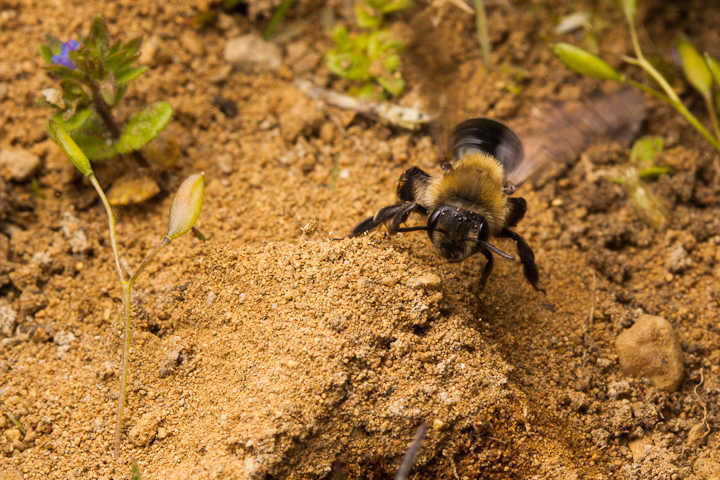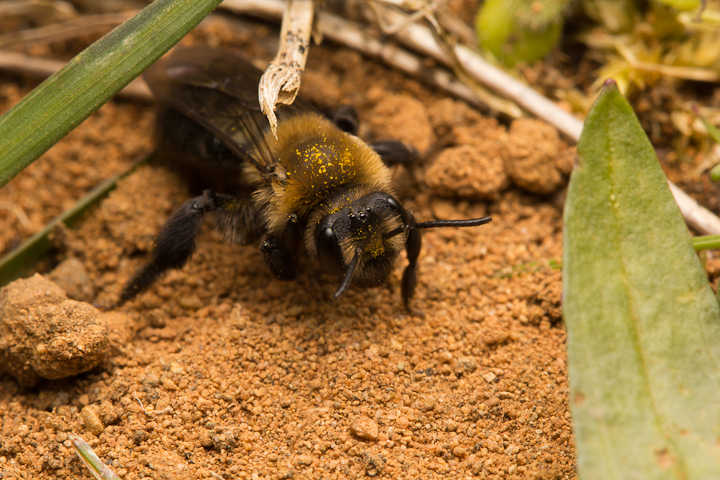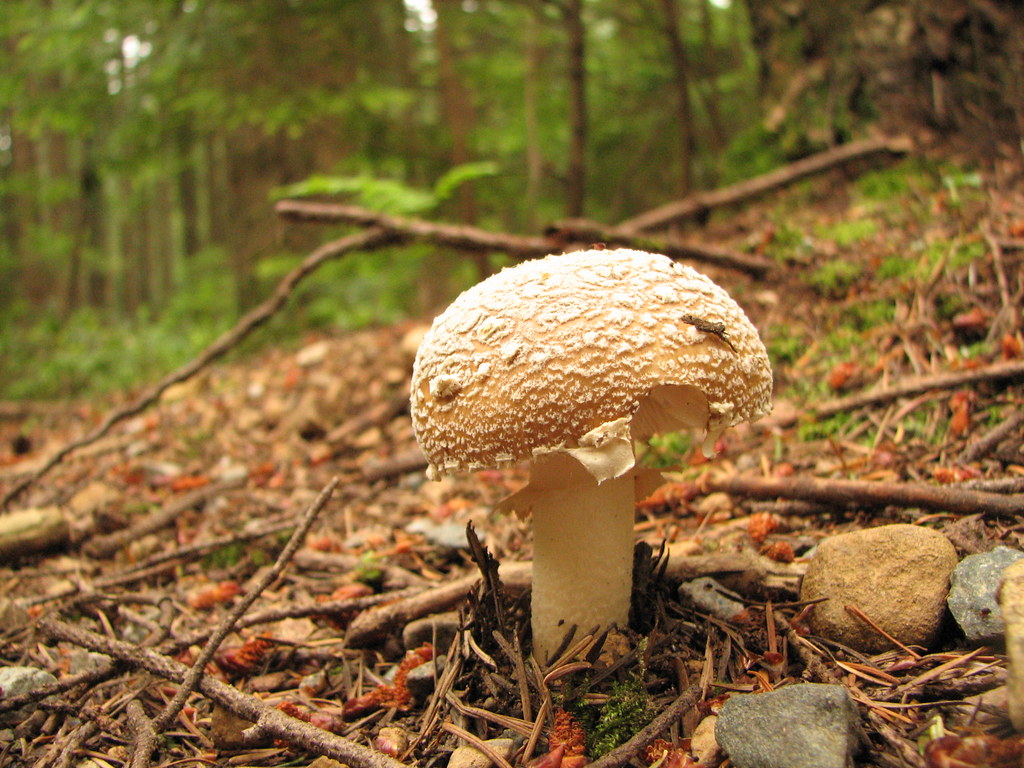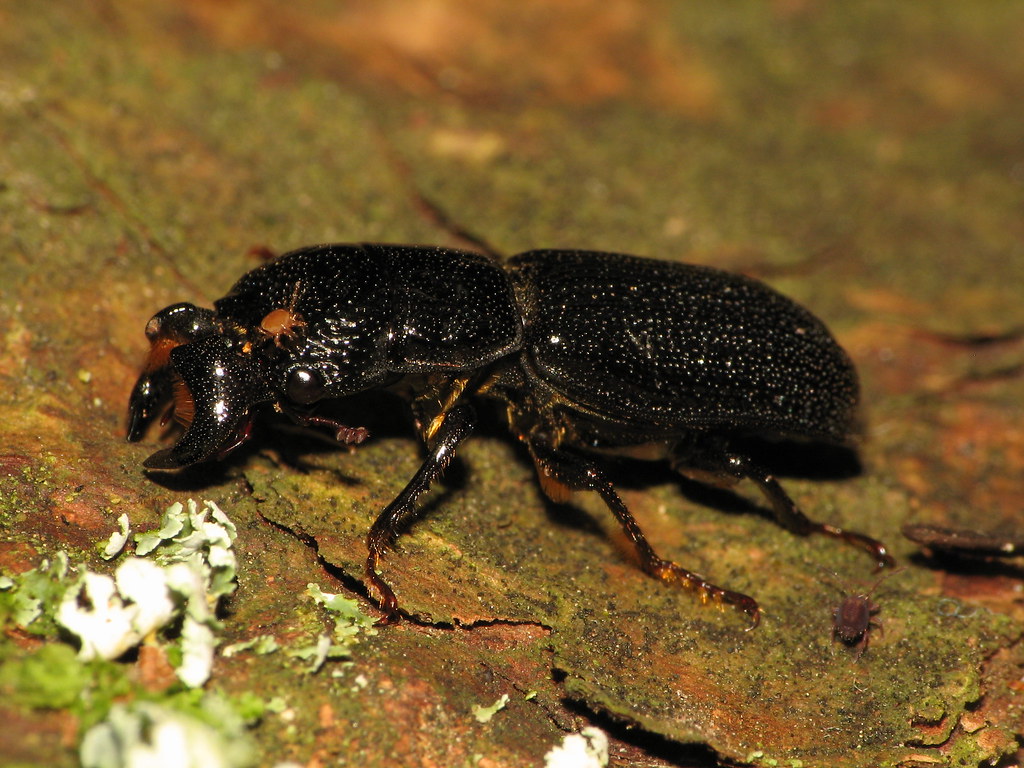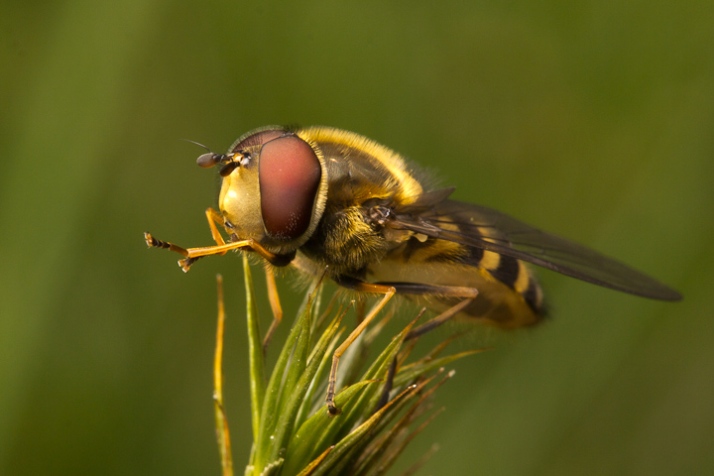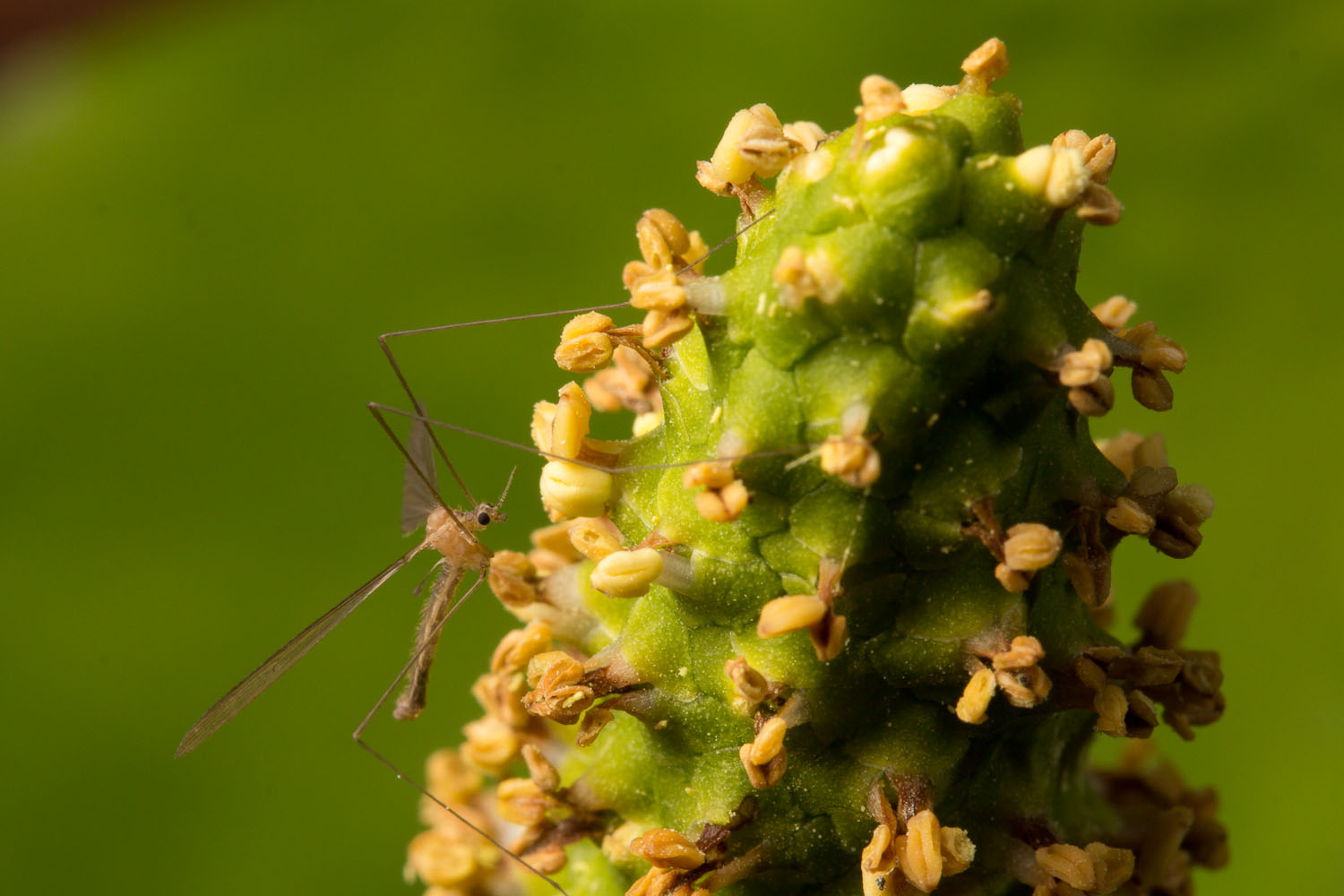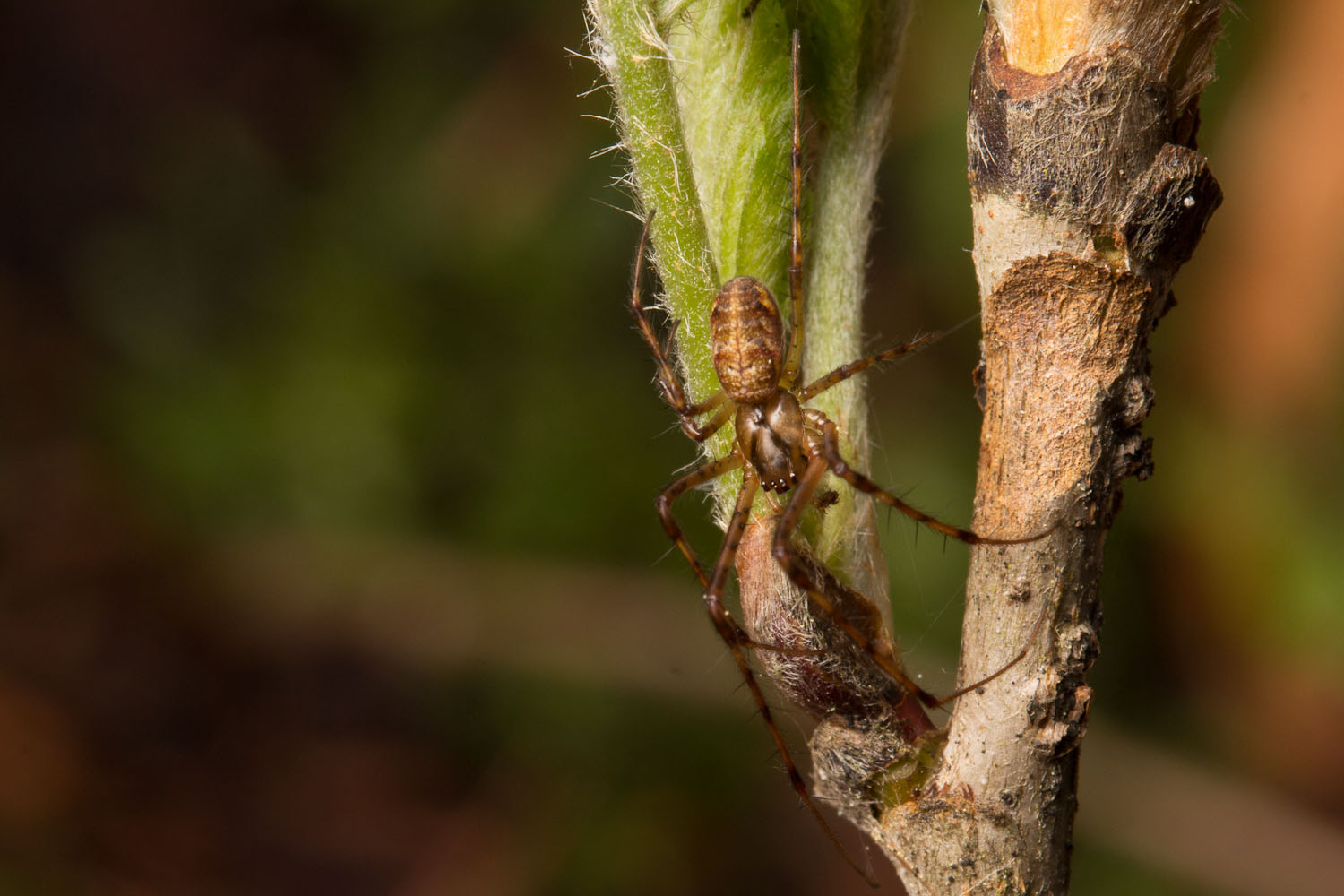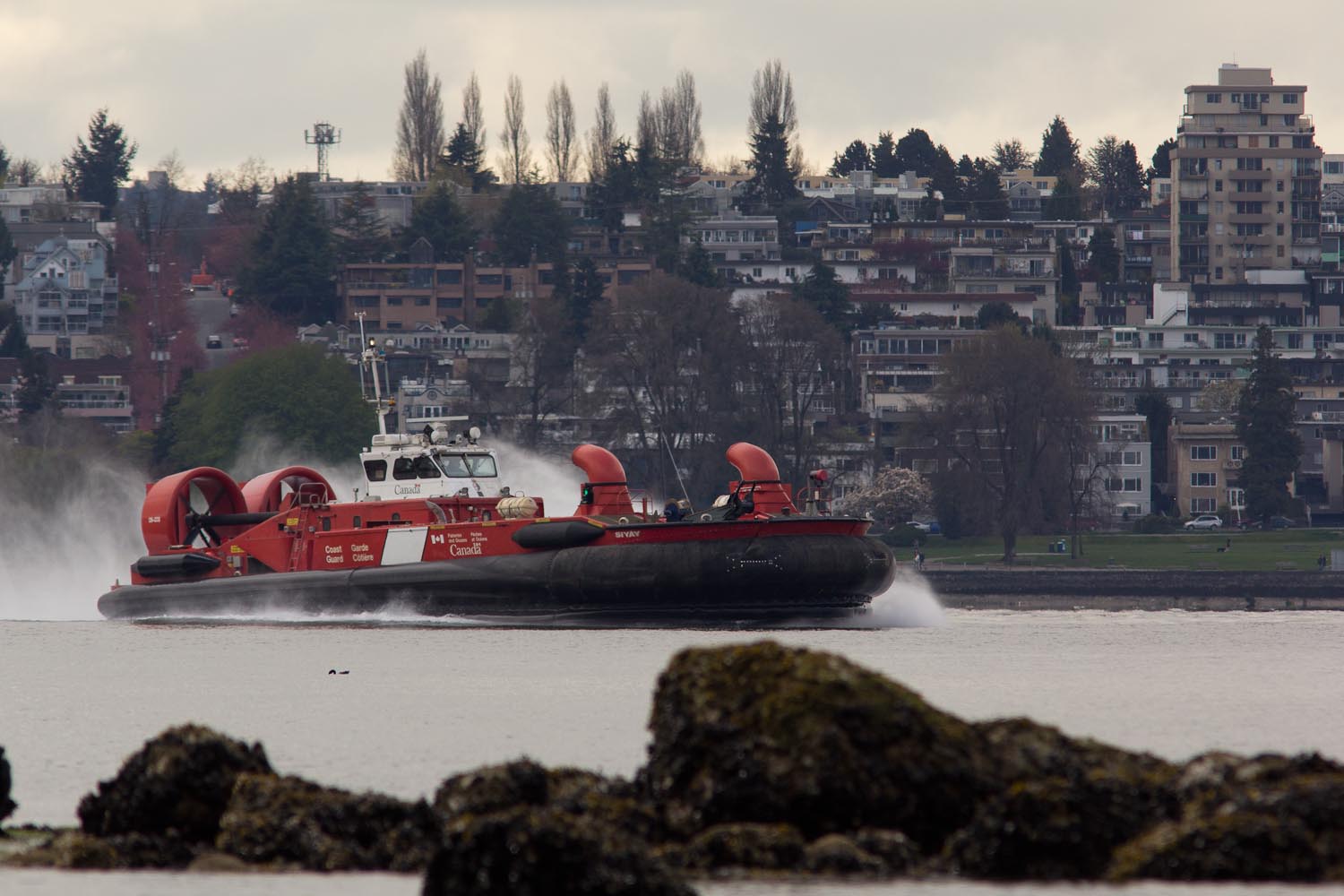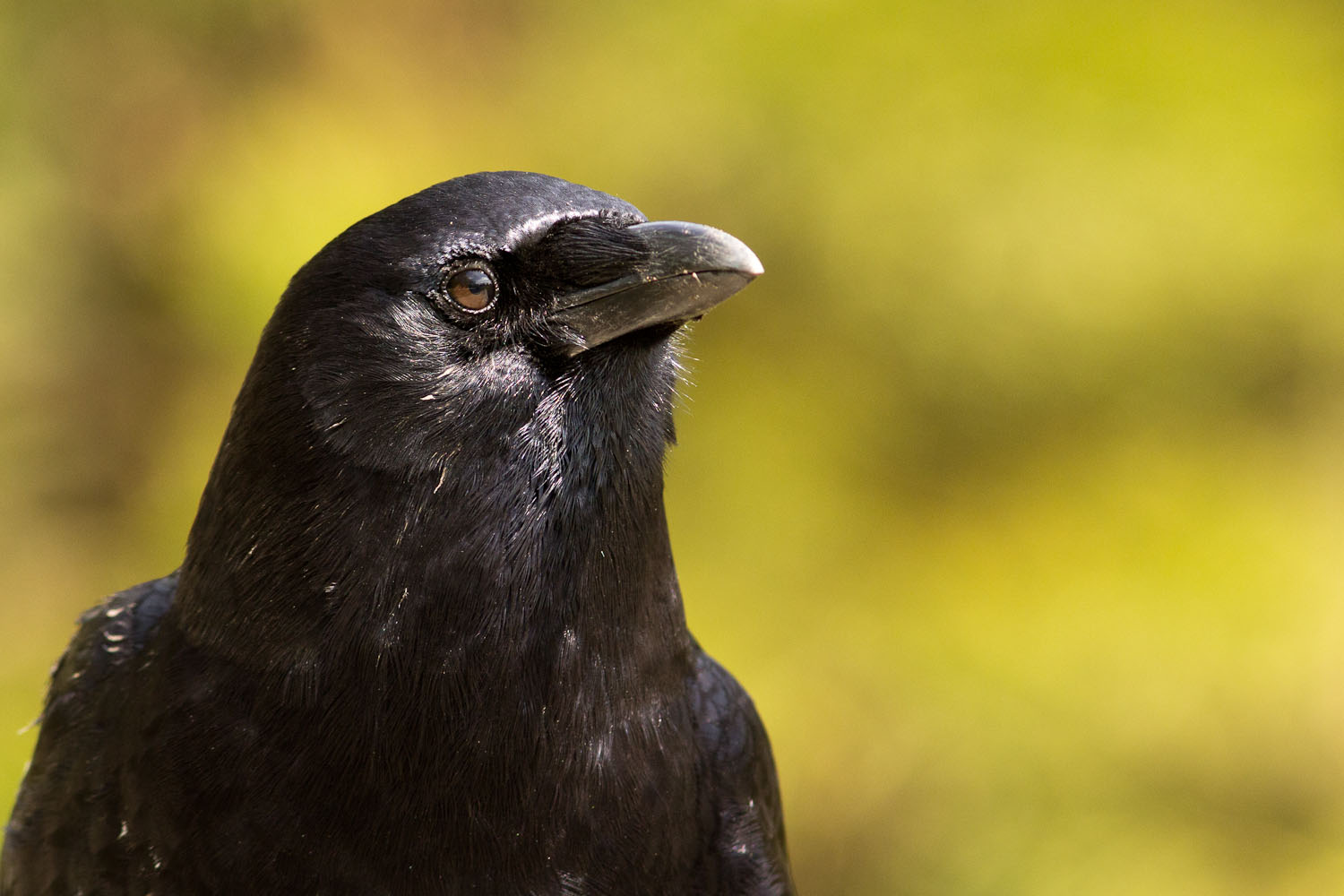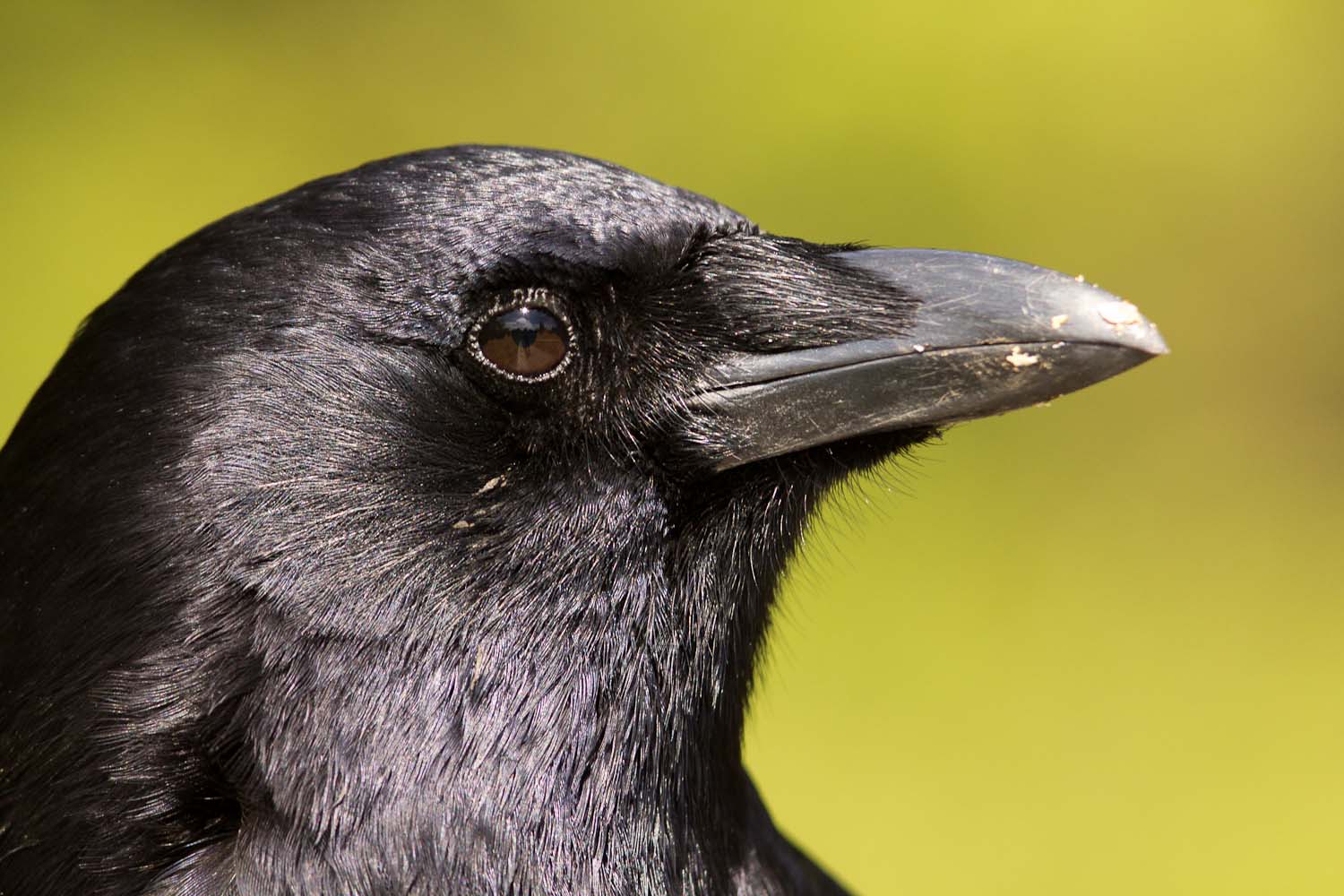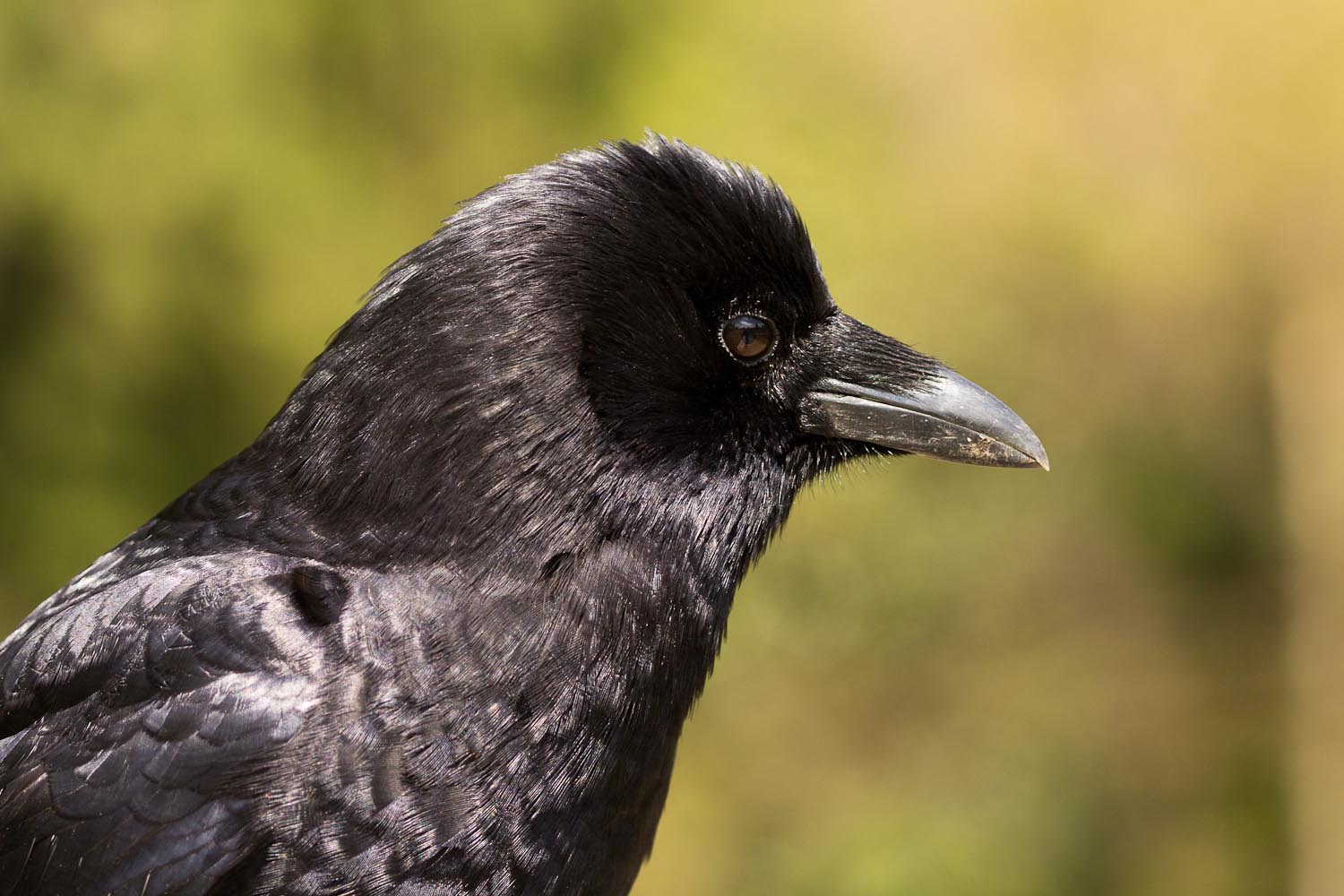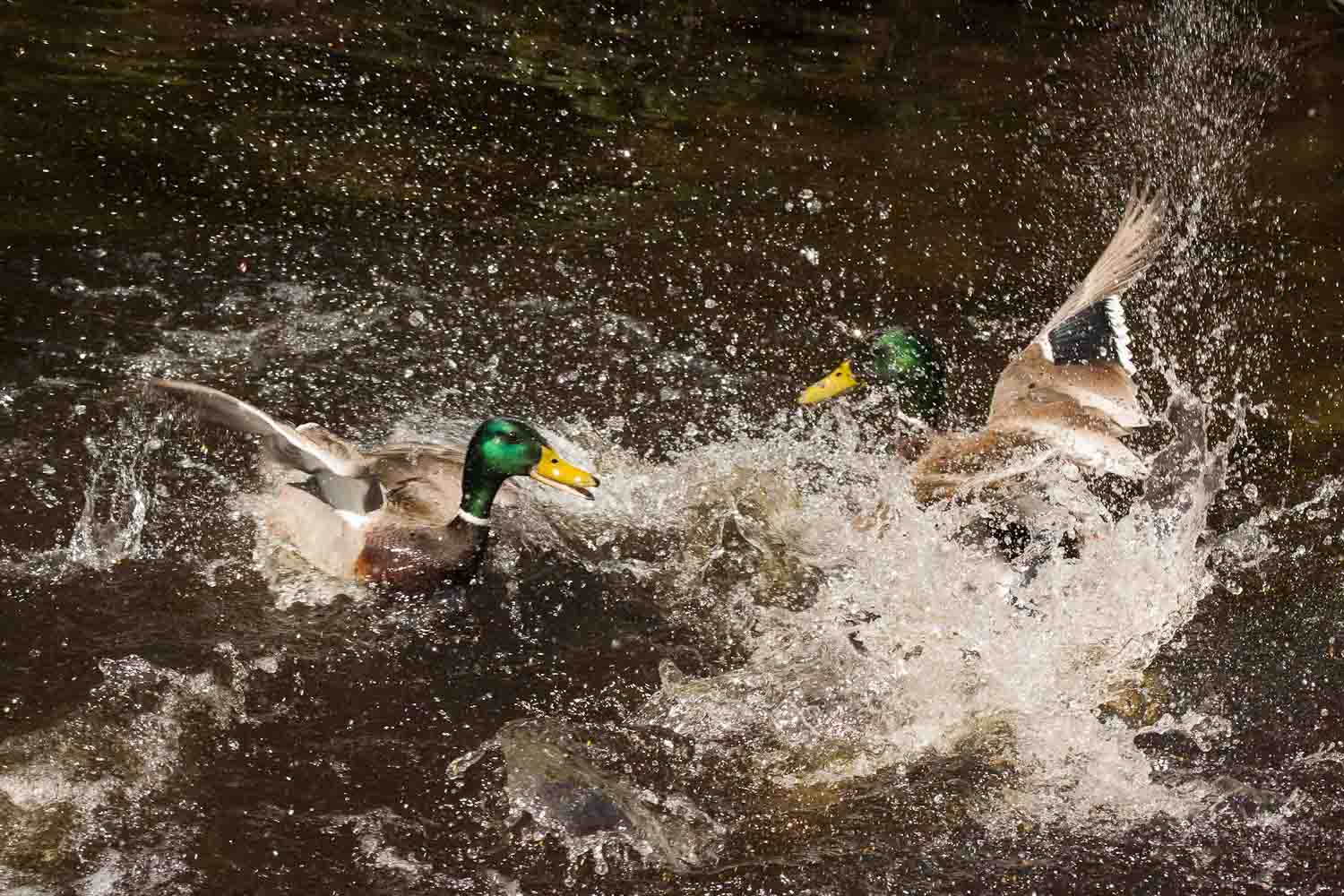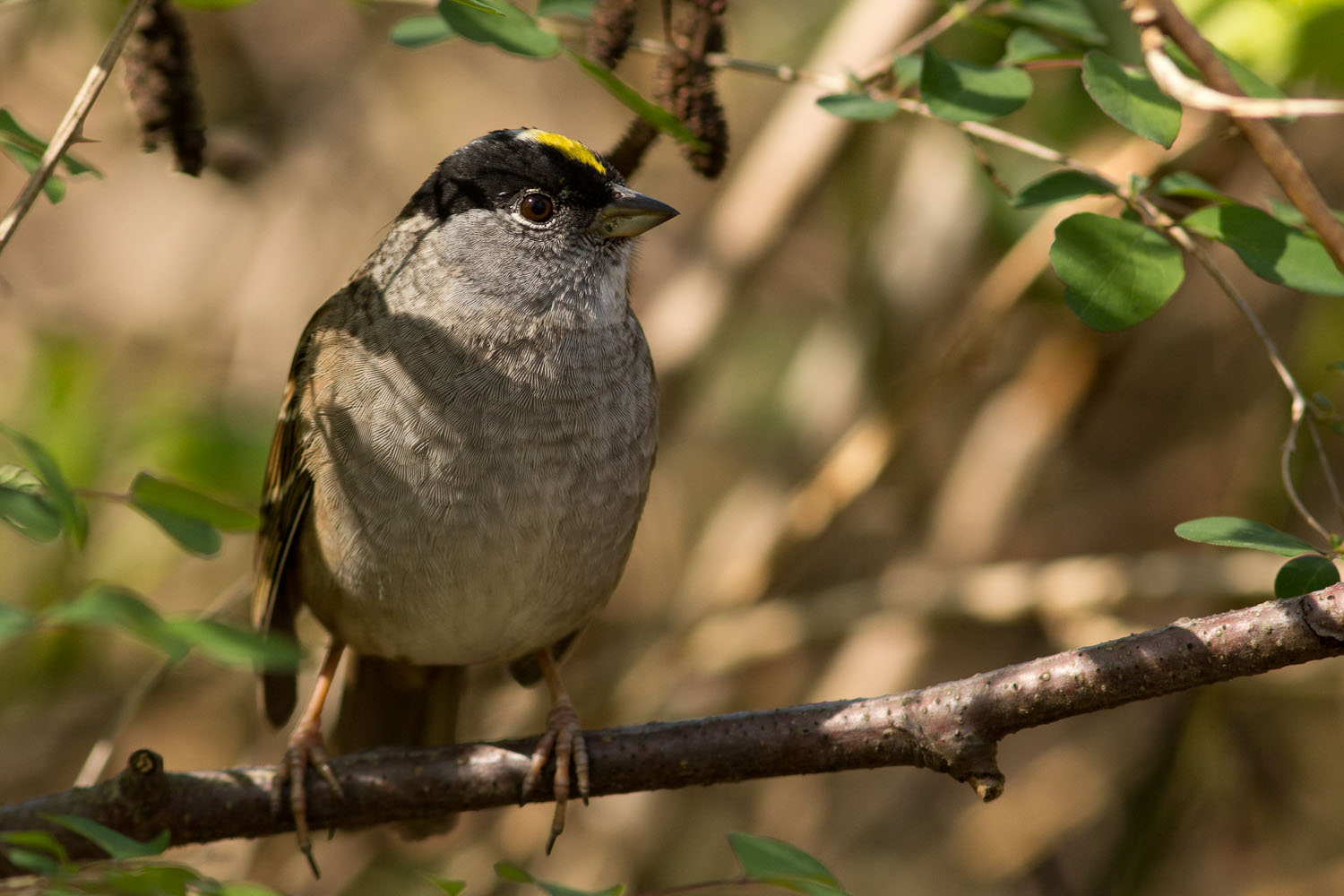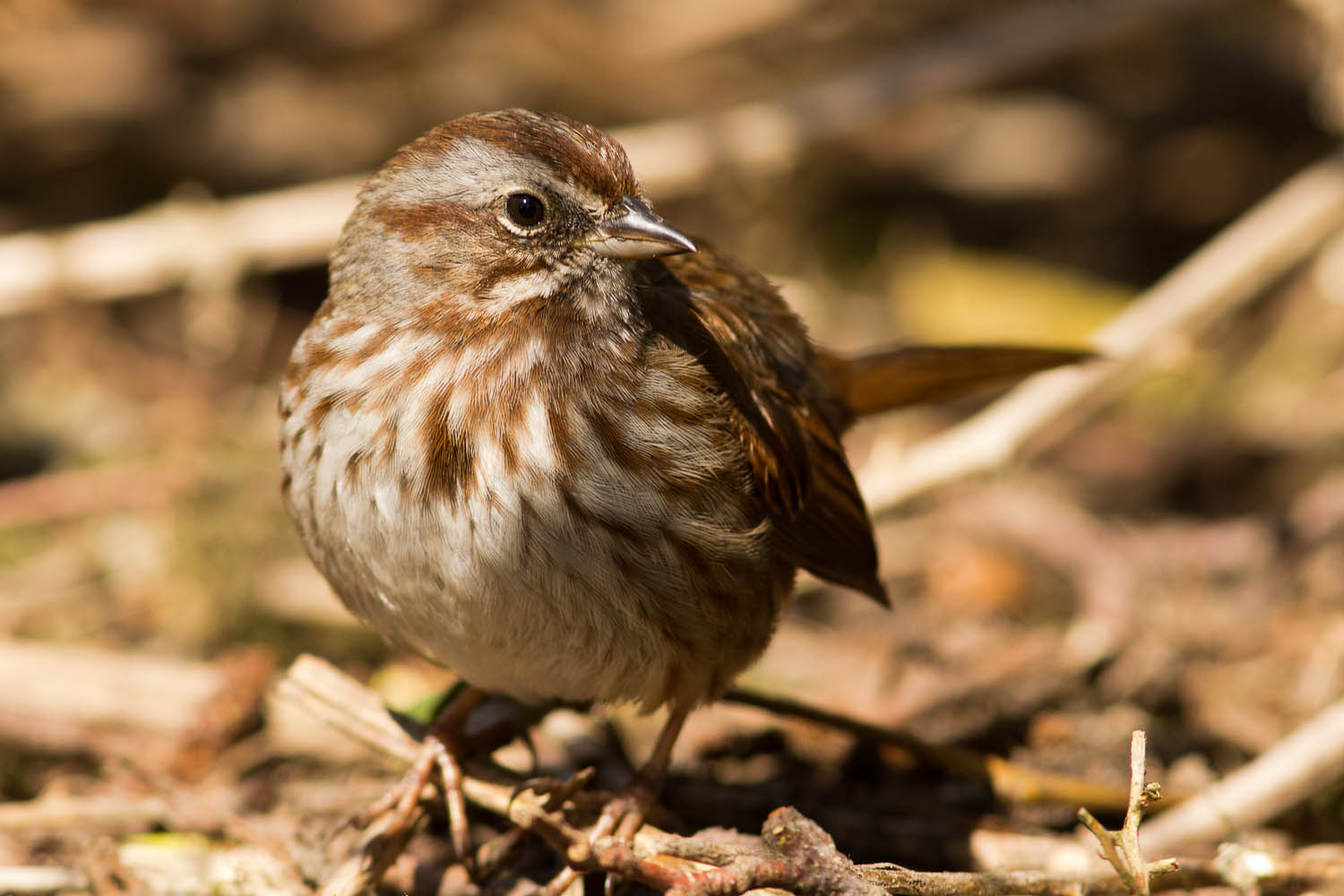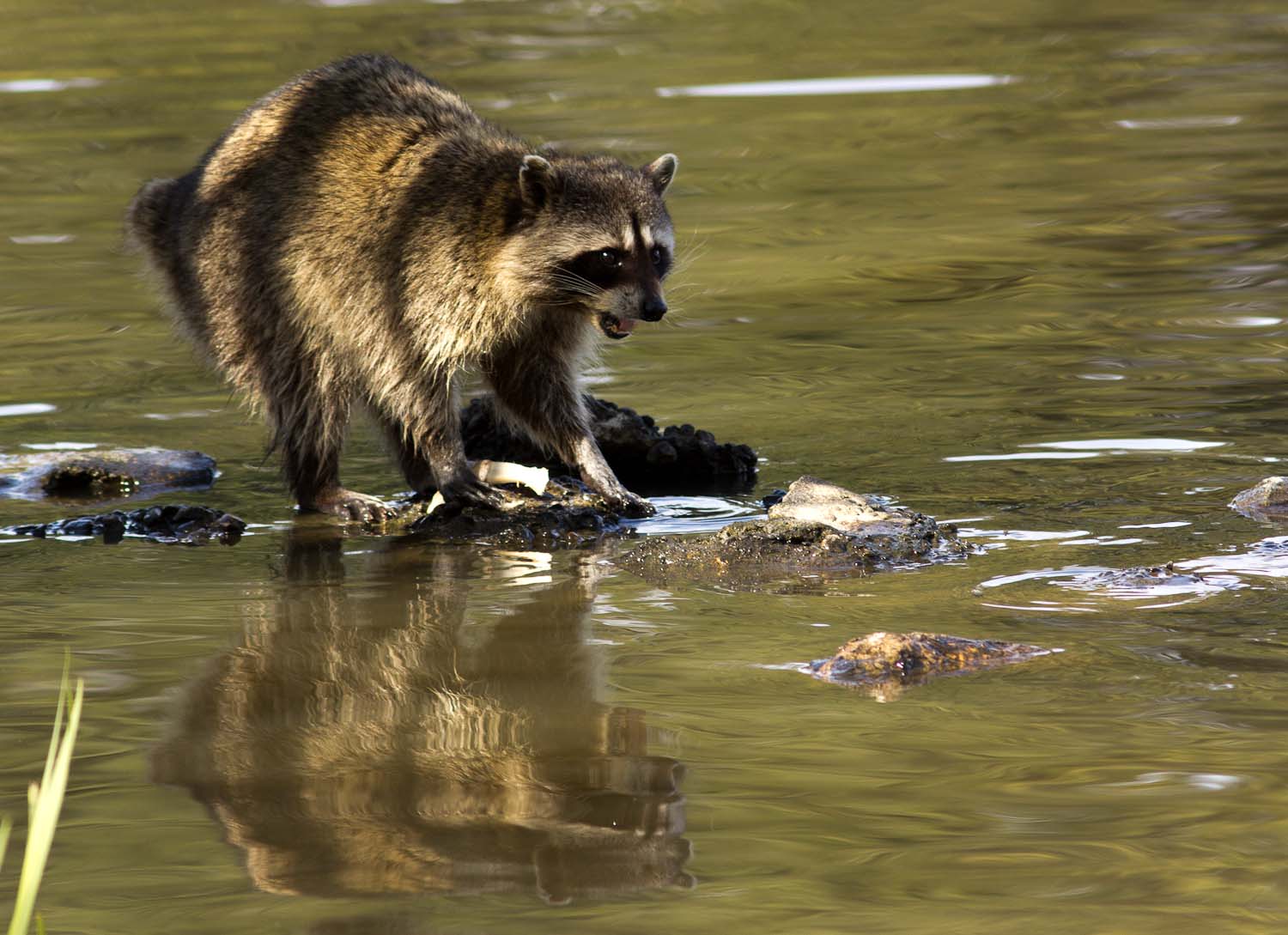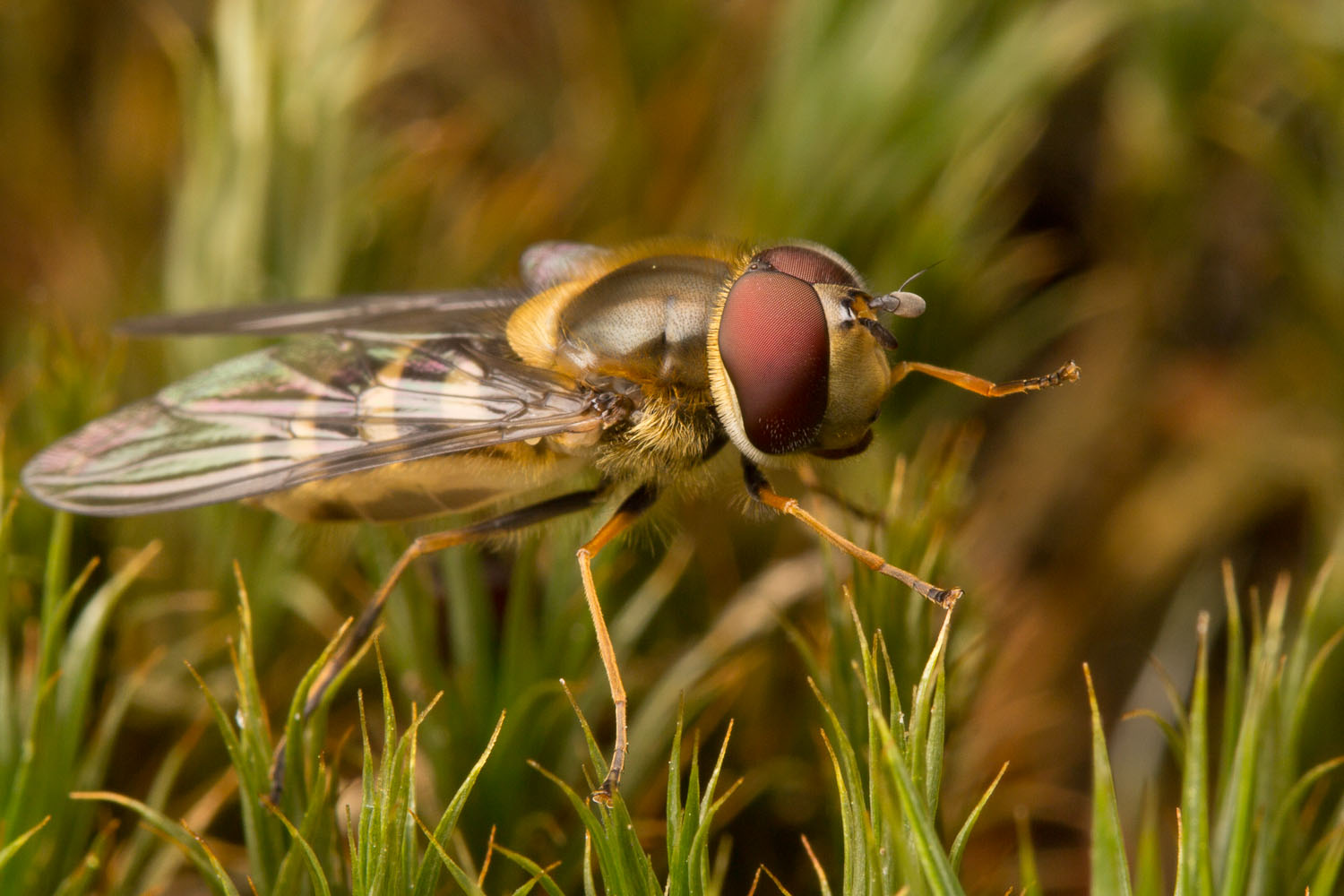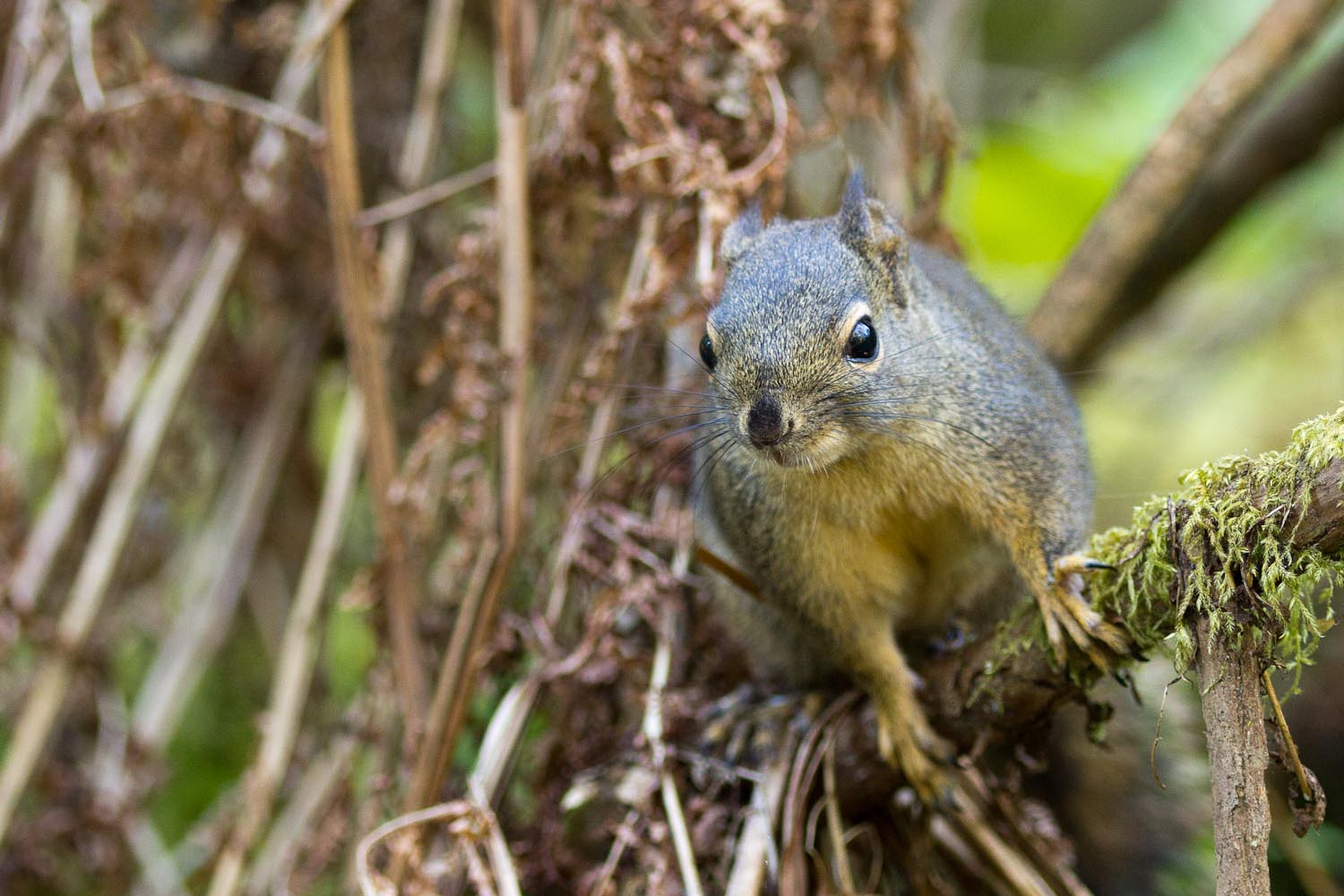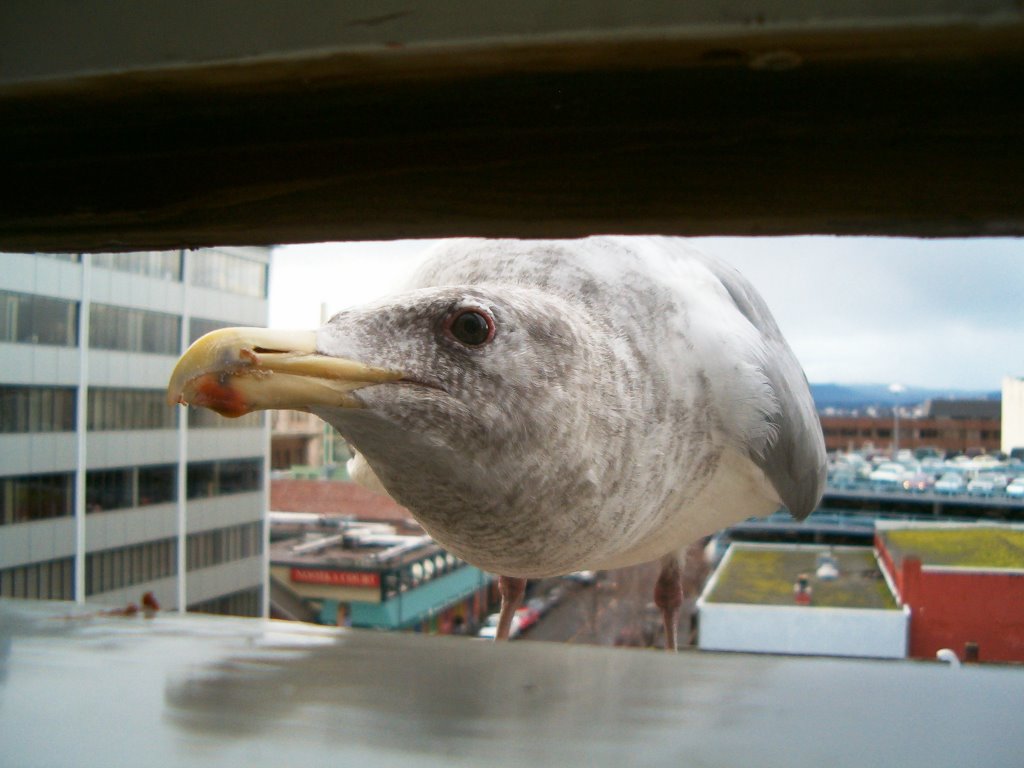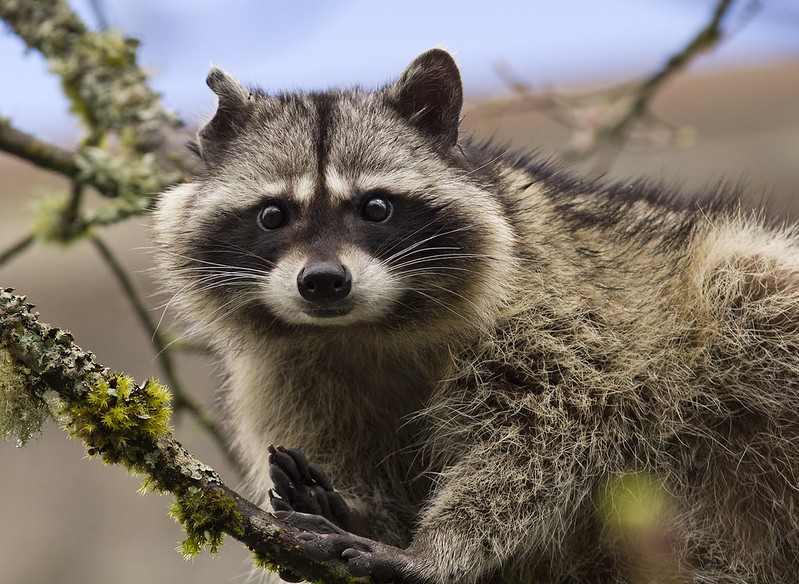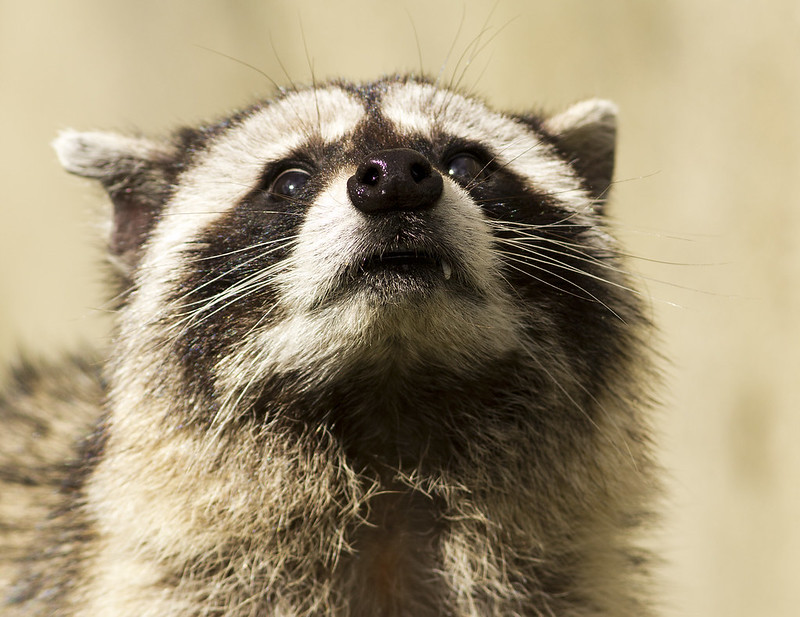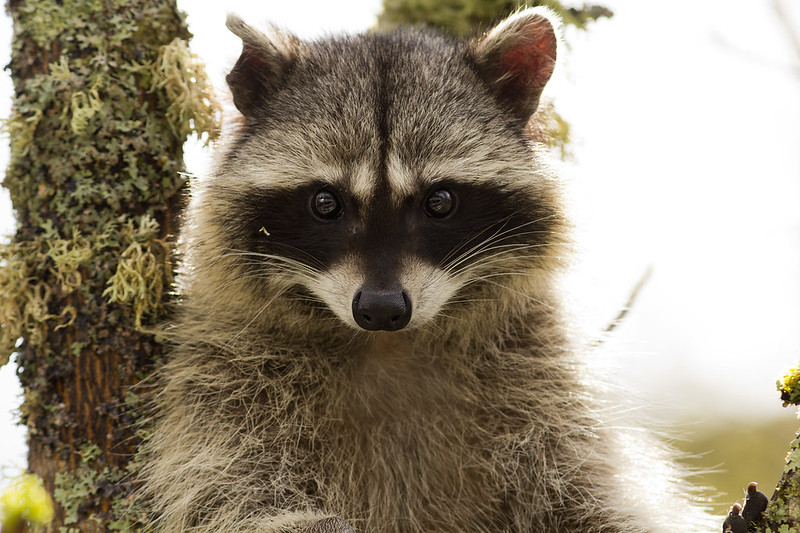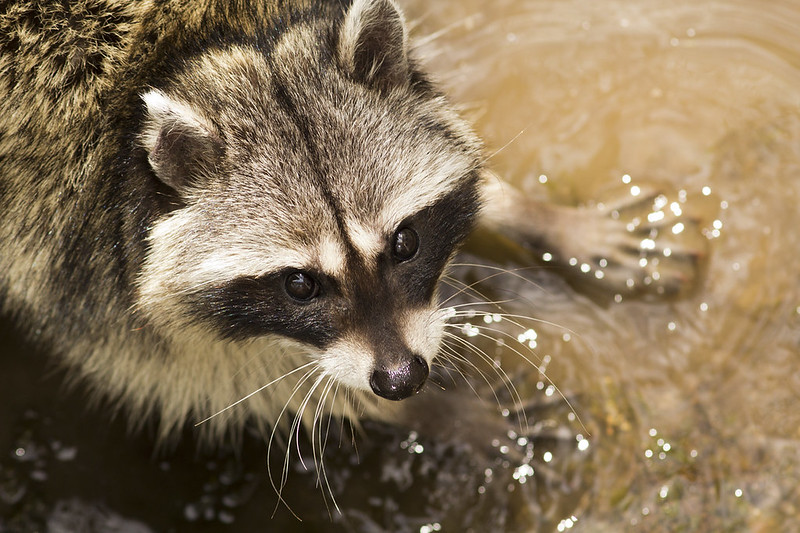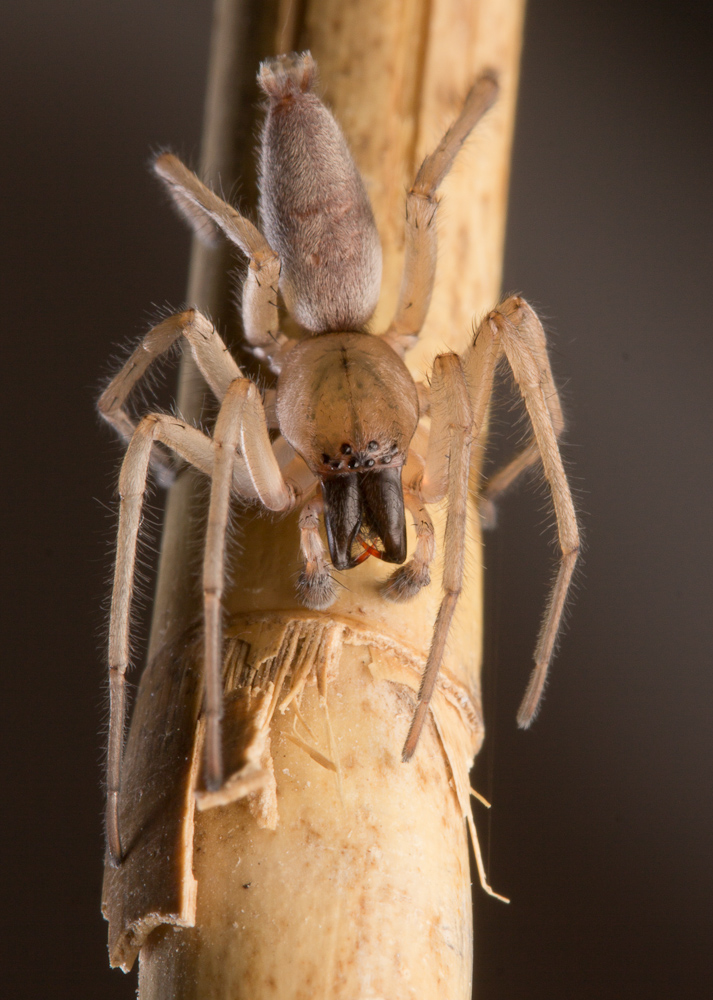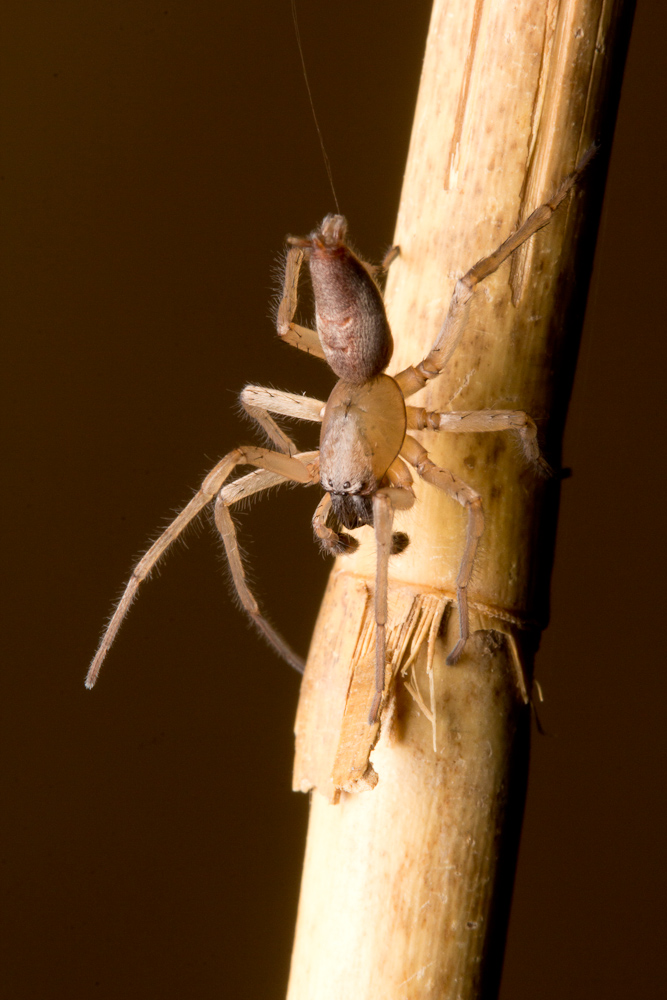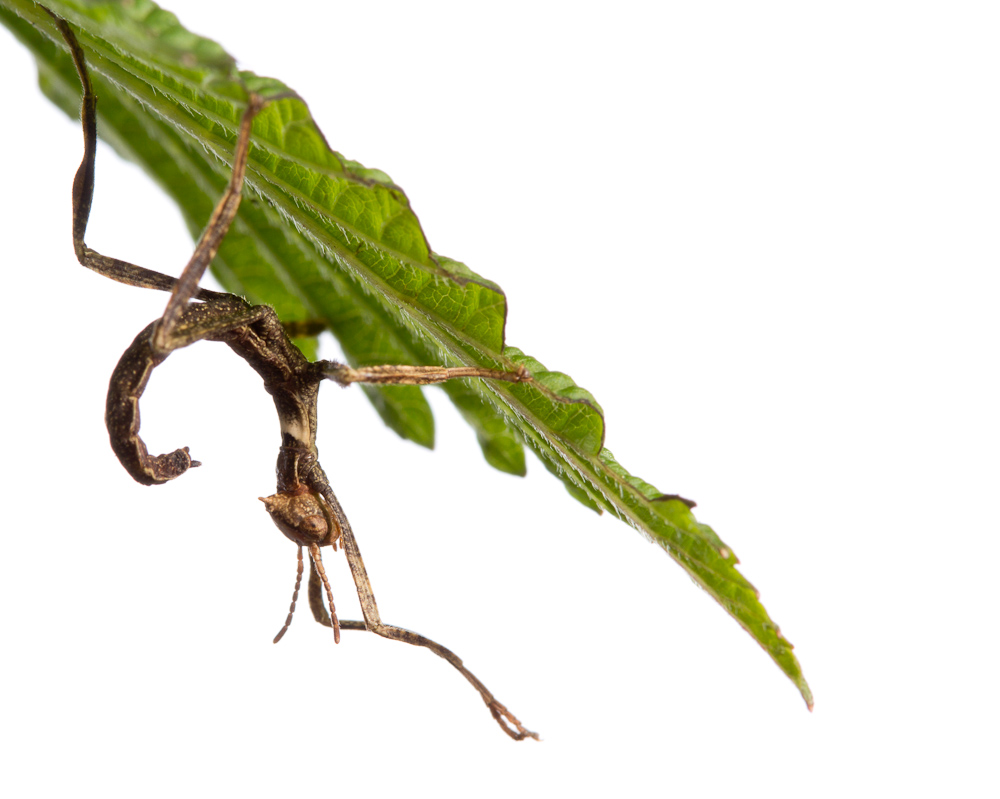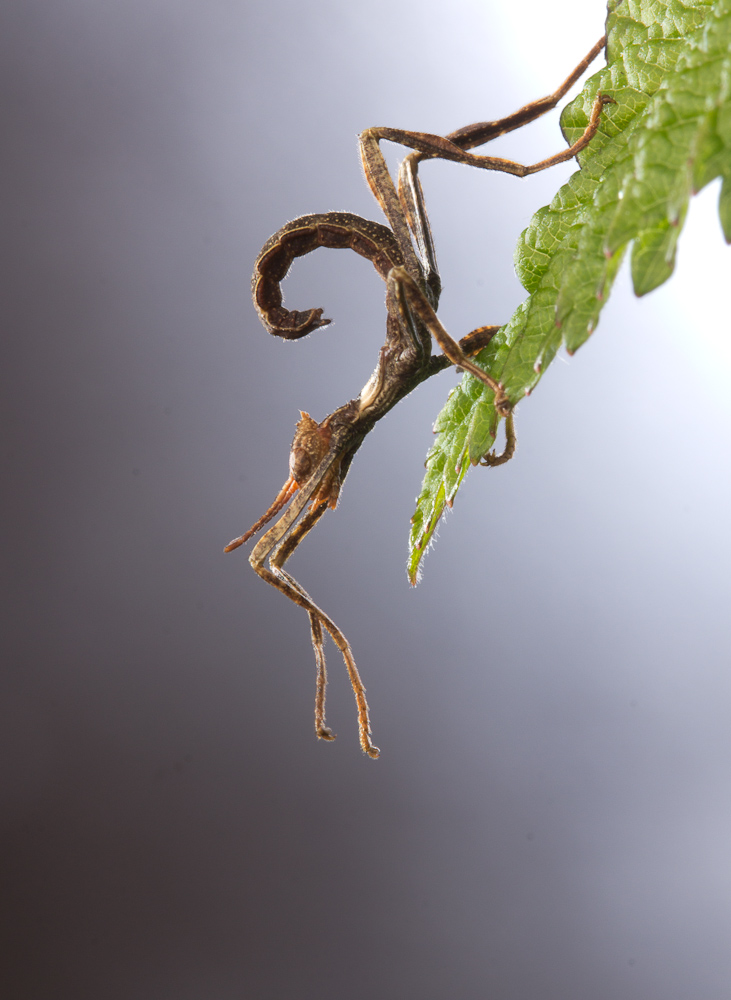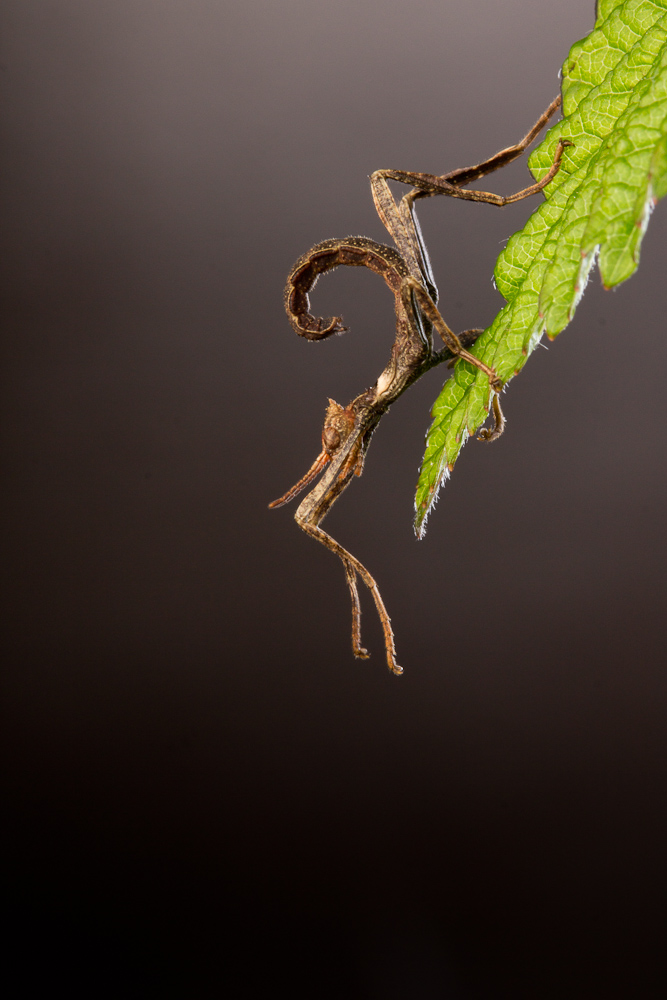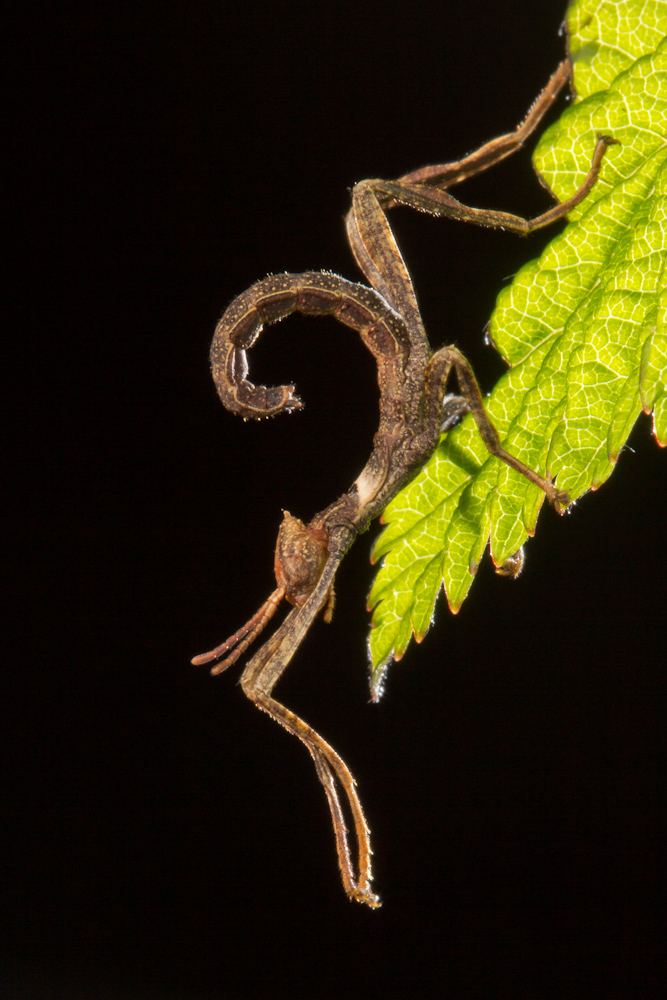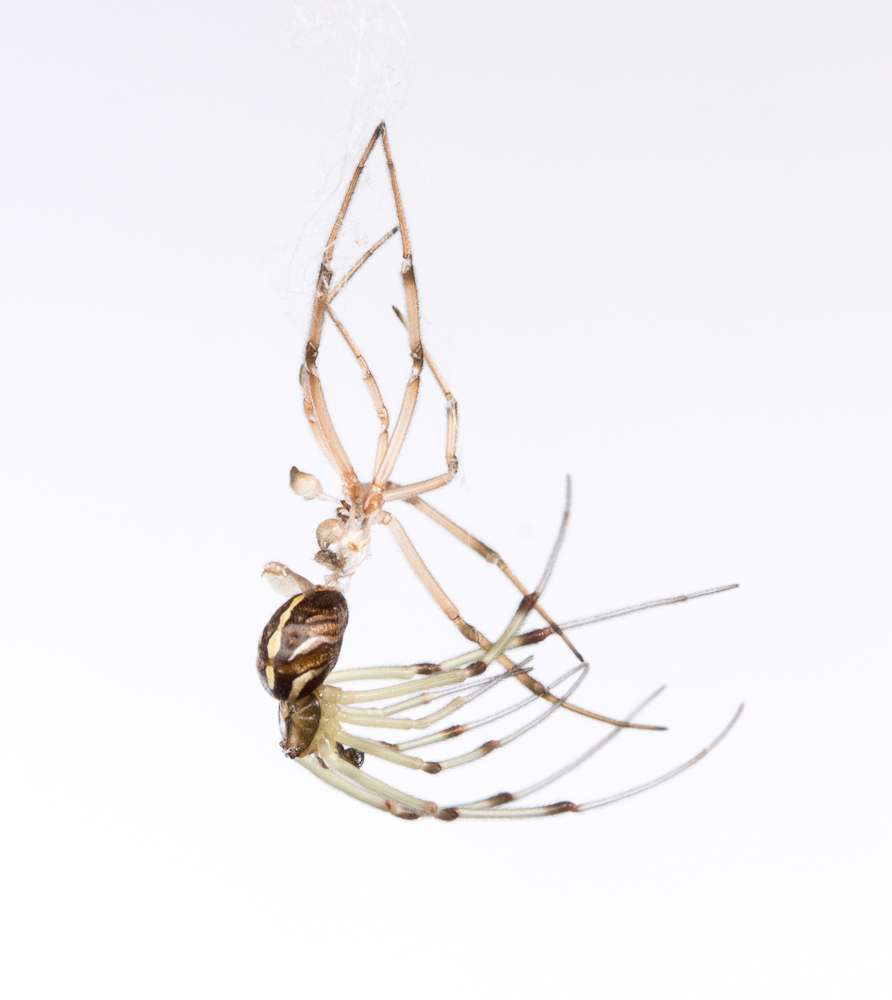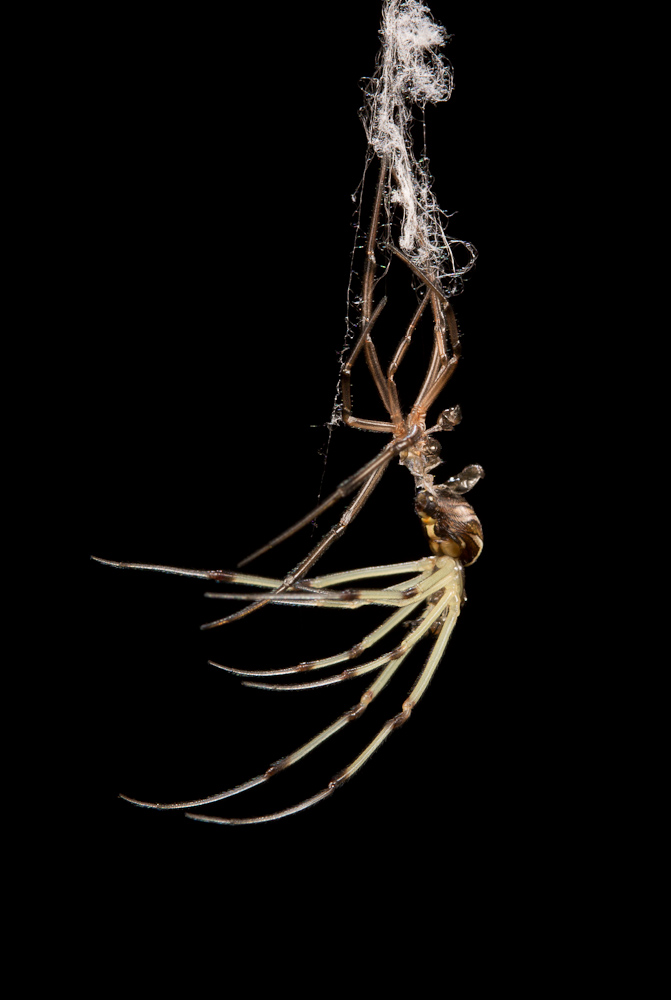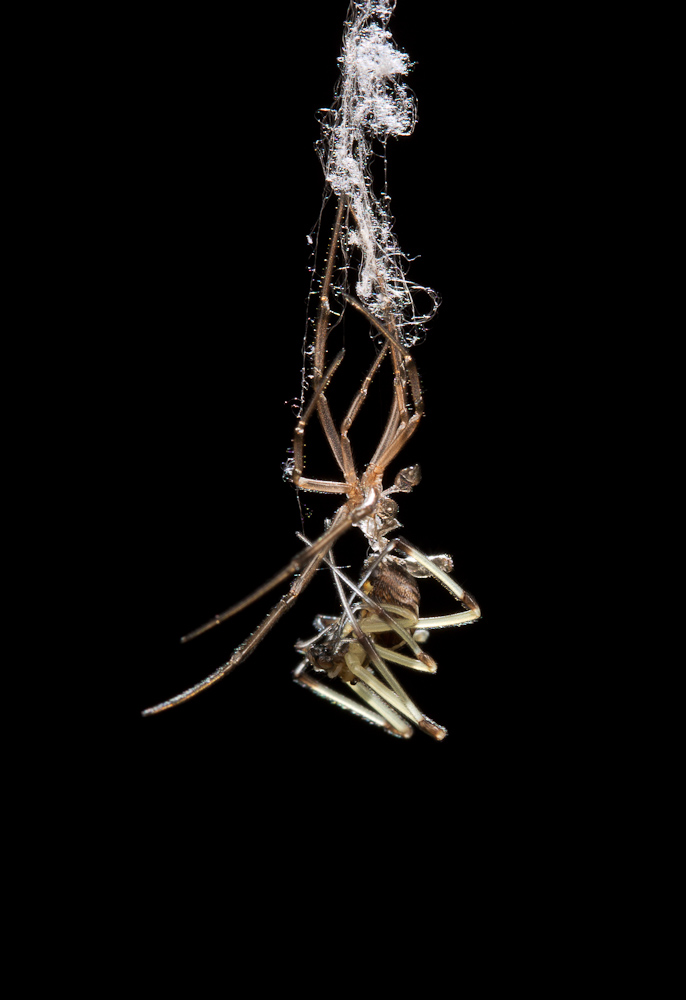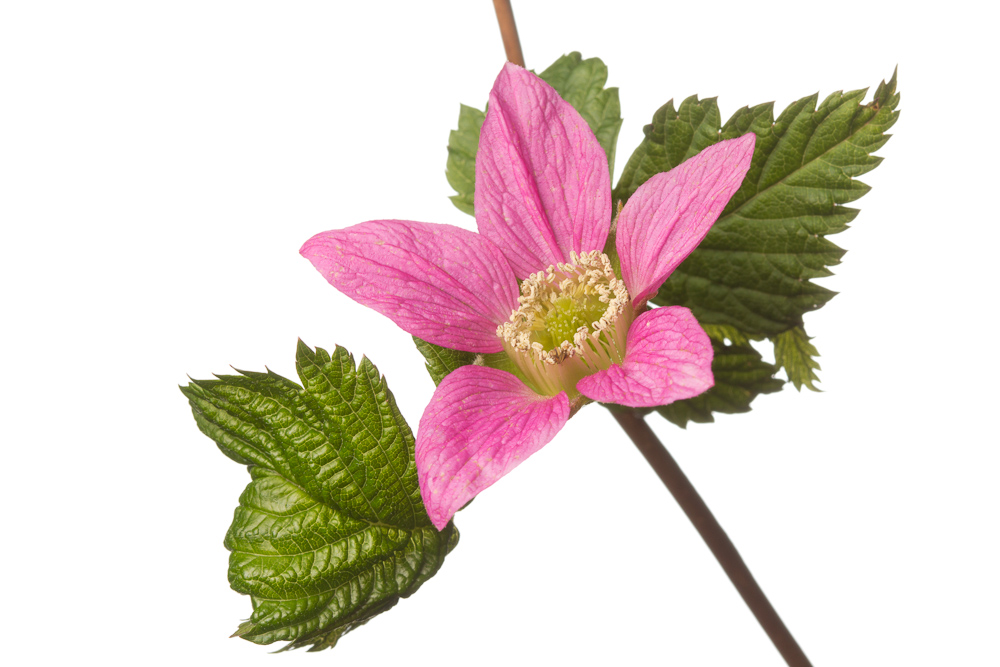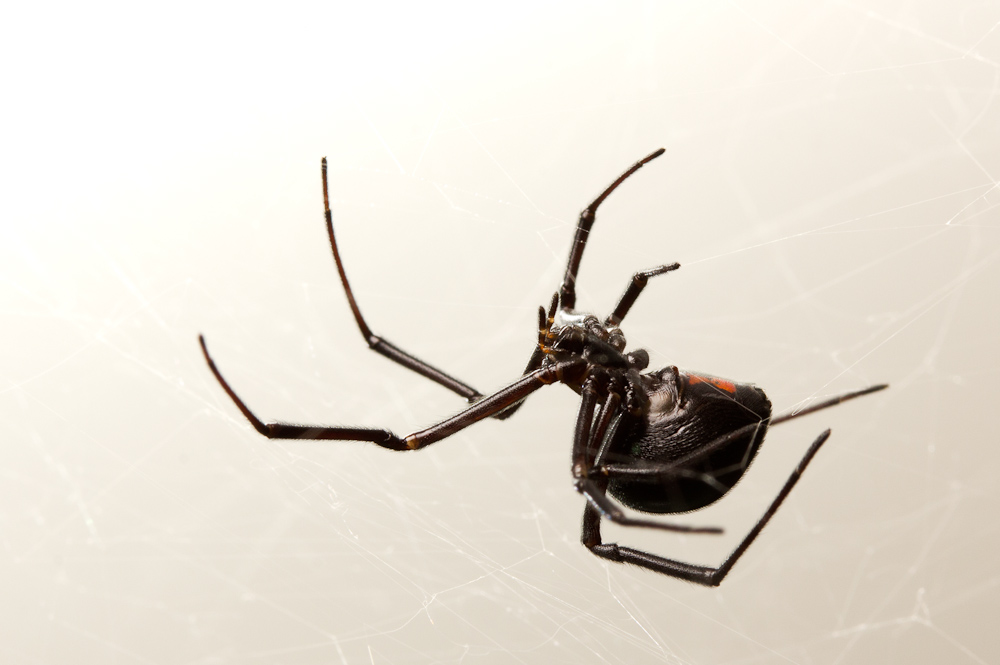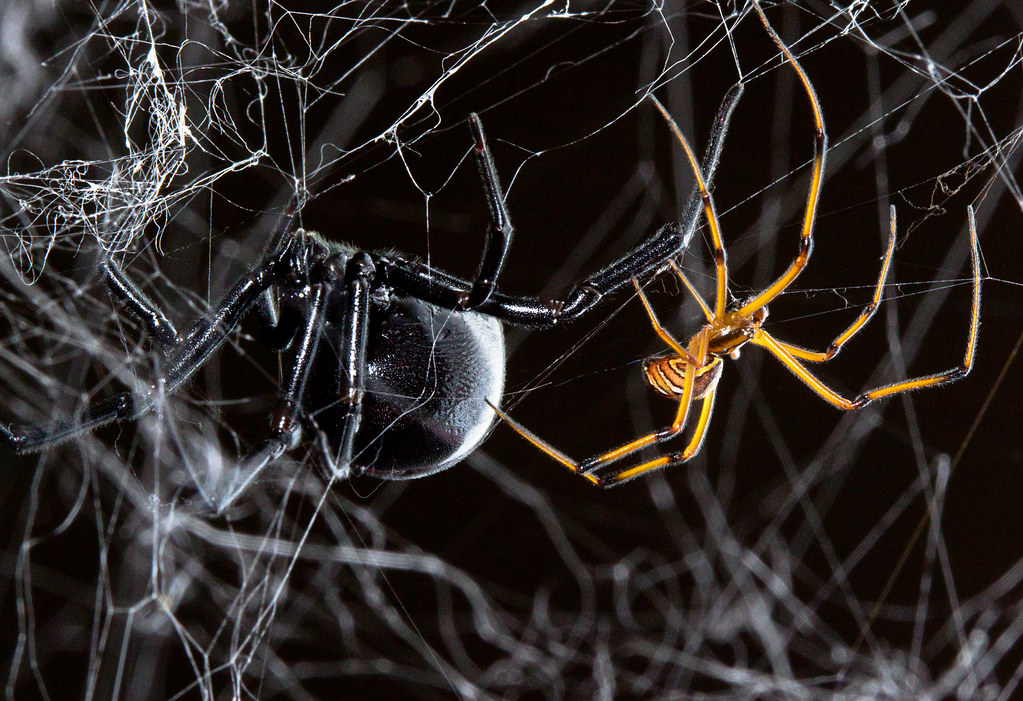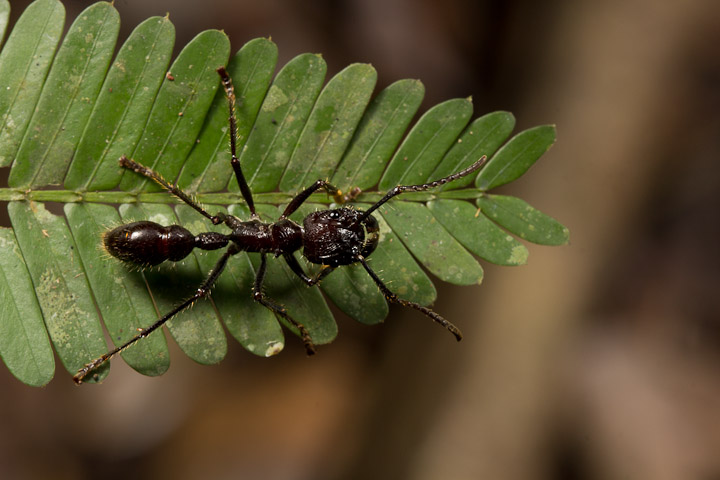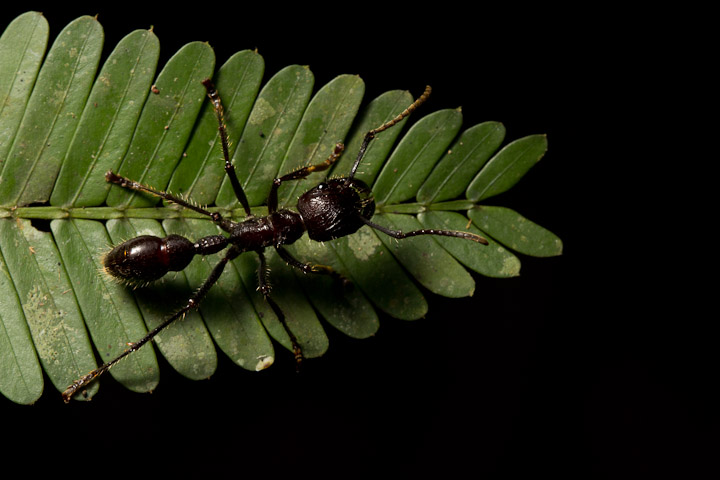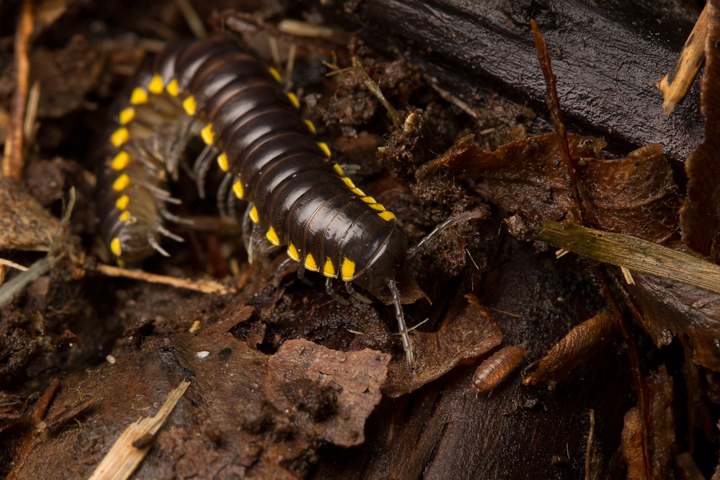
On this Weekend Expedition, Catherine and I found out what just a tiny bit of Pacific Spirit Park has to offer. It is really large, and we did not cover very much ground!
Since this was a joint effort, we decided to concentrate on forest invertebrates, which worked well during our last field season in French Guiana. Catherine is really good at spotting things!
The first of her great finds was this lovely Dance Fly (Empididae). They look a bit like Robberflies, and in fact are somewhat related (both are Orthorrhapha). The Empidids are a really diverse group, so if anyone has ID suggestions, I would love to hear them!
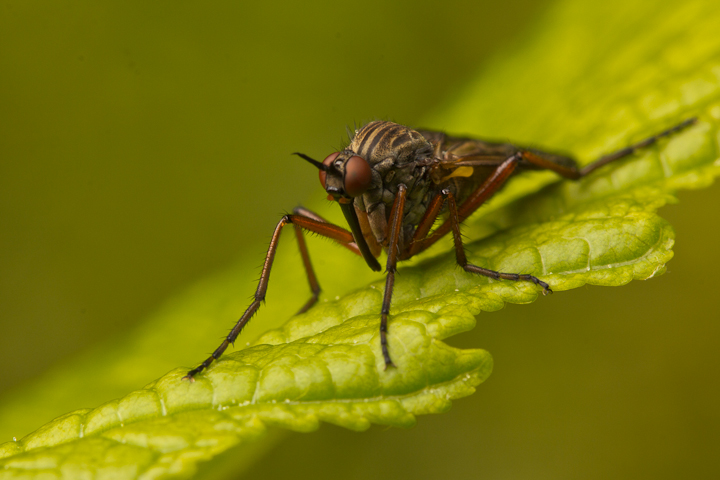

The second major find is what looks like a gravid Wolf Spider. This big girl was sheltering in a rotted log, and impressed us with its lovely large abdomen.


And check out these Net-winged Beetles (Dictyoptera simplicipes). There were a whole bunch in a seeming mating aggregation on a rotting log in one dark little section of the forest. So colourful!

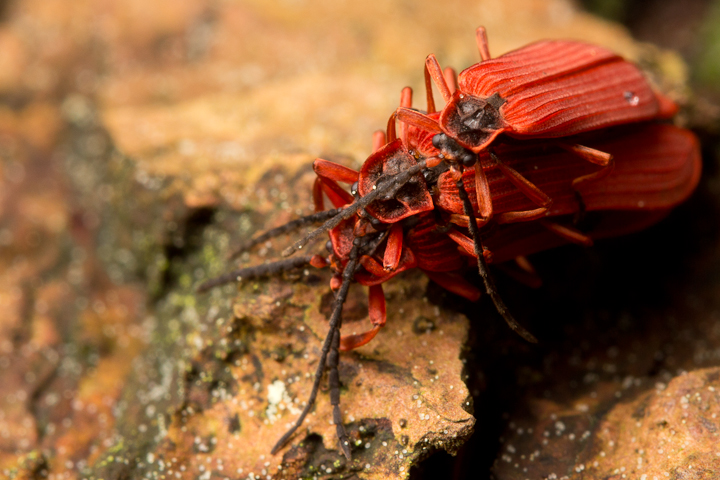

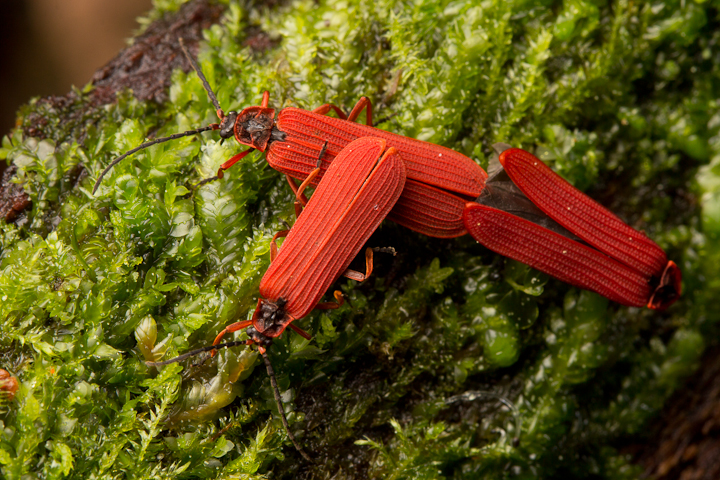
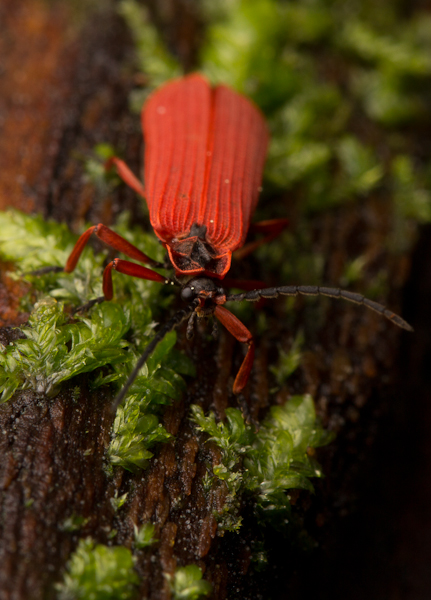
Those have to be one of the most impressively bright insects of early spring that we have!
The second bright spot in these dark woods was this gorgeous male Amaurobiid, sheltering in a knot hole in a snake fence. You can see his modest hacklemesh web and his dark retreat. These spiders are fascinating and beautiful, and I would like to learn more about them…

A fern frond for colour and contrast in a small patch of sun.


The author in situ. Photo by Catherine!
As we left the park, this Equisetum emerging from the moist soil near Camosun Bog was a beautiful sign of spring.

But wait! There’s more! On our way out to a bus stop, we were immediately impressed by a large gathering of bees in Chaldecott Park. These were Andrenids (update: they may have been Colletes) busy mating, digging nests and provisioning them. There were hundreds if not thousands in this small 20 m sq. patch of grass. I did not get a good chance to shoot them really well, because a big rainstorm was coming, but I think I will head back out there this afternoon with Mike to examine some of the bees for parasites. This patch might also be a good spot to put in a temporary fence to keep folks from damaging the nest site. With all the concern for native pollinators, it seems like a good place to try to protect.

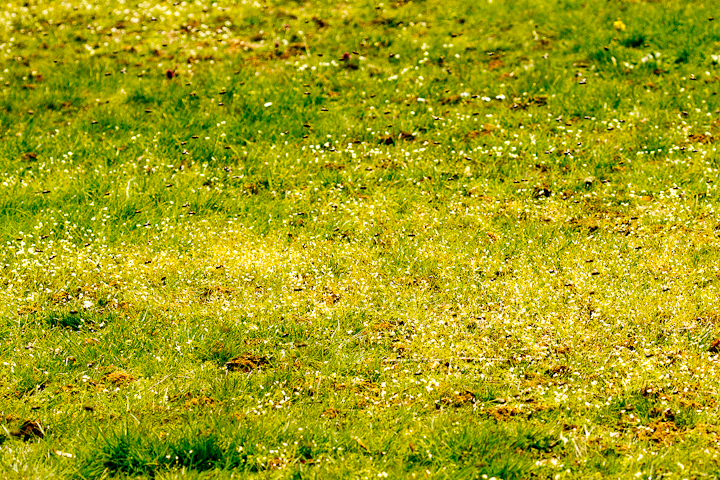
Colours boosted to emphasize bees.
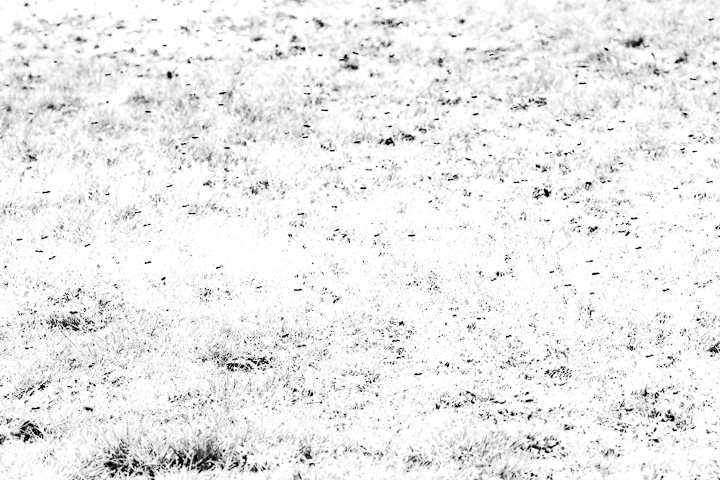
The same as above, with yellow and green pushed to white and desaturated. Look at all those bees!

at the burrow

excavation
